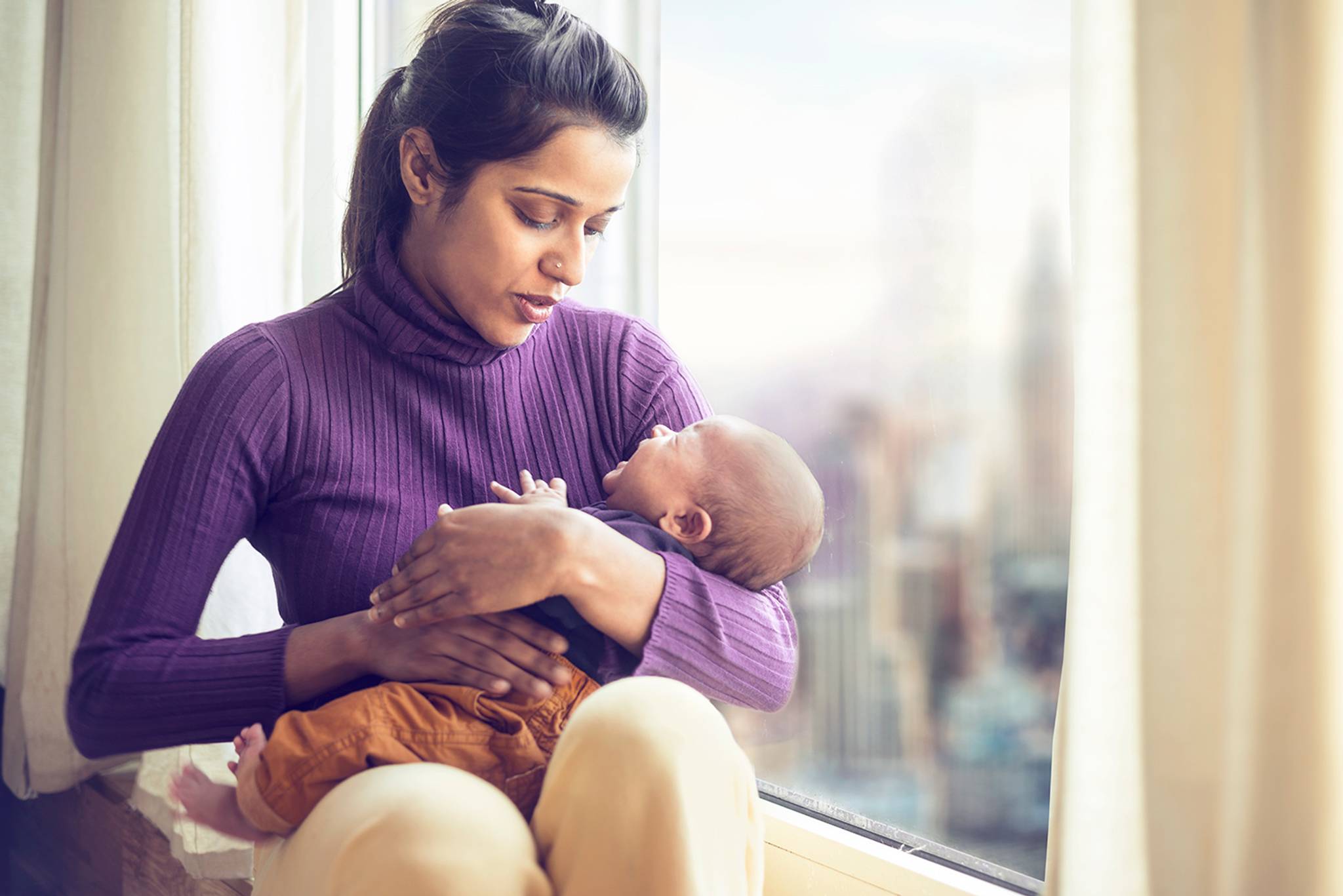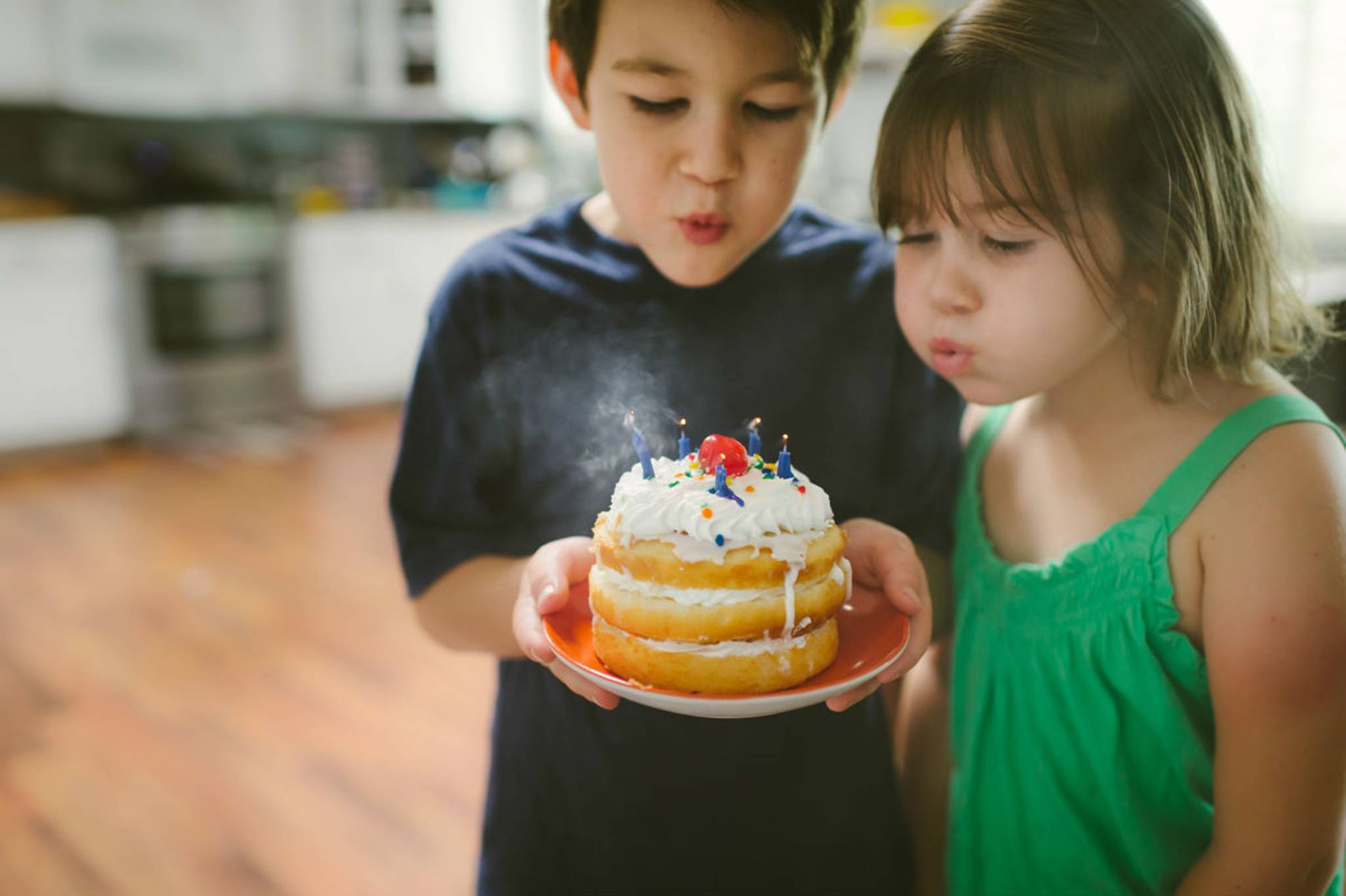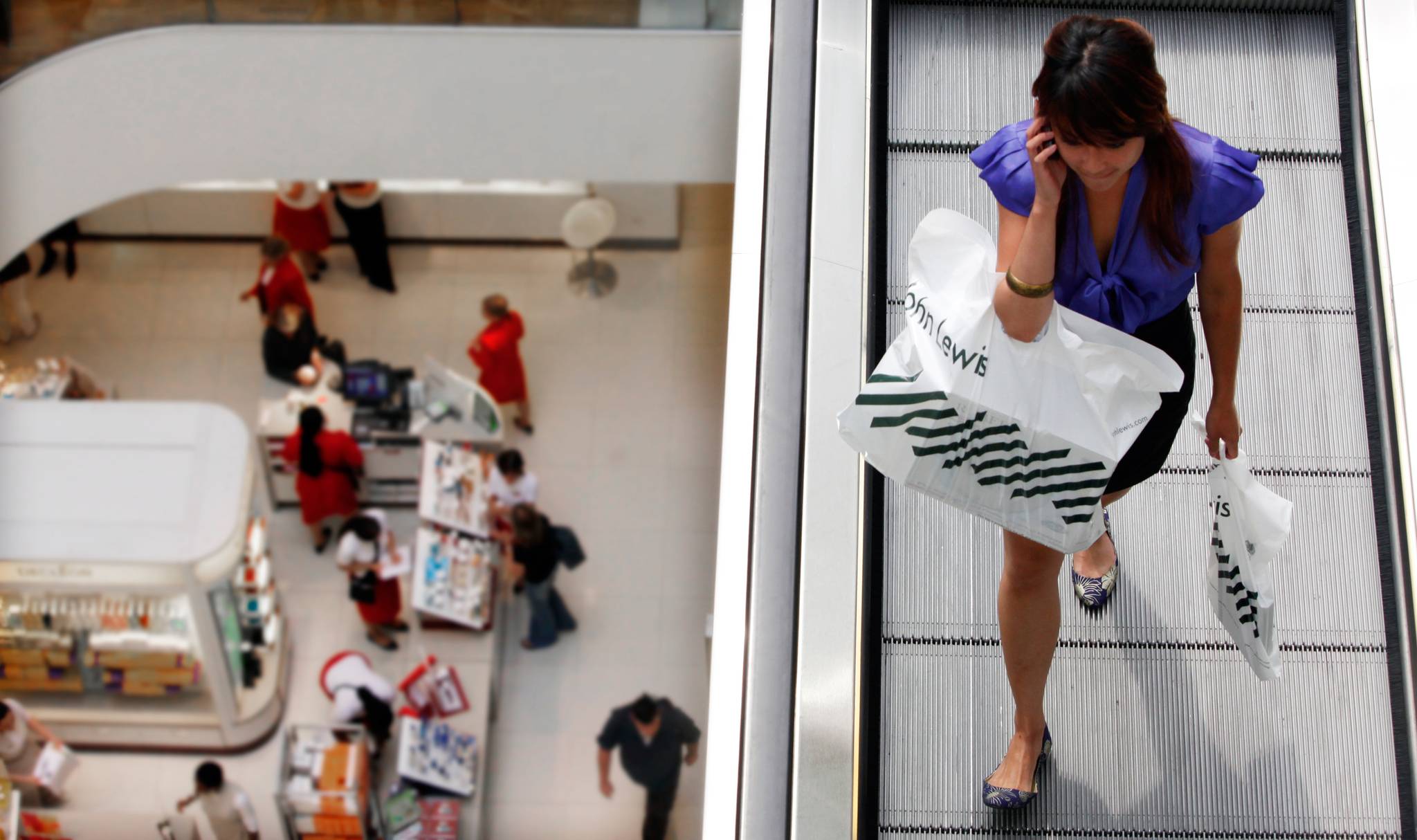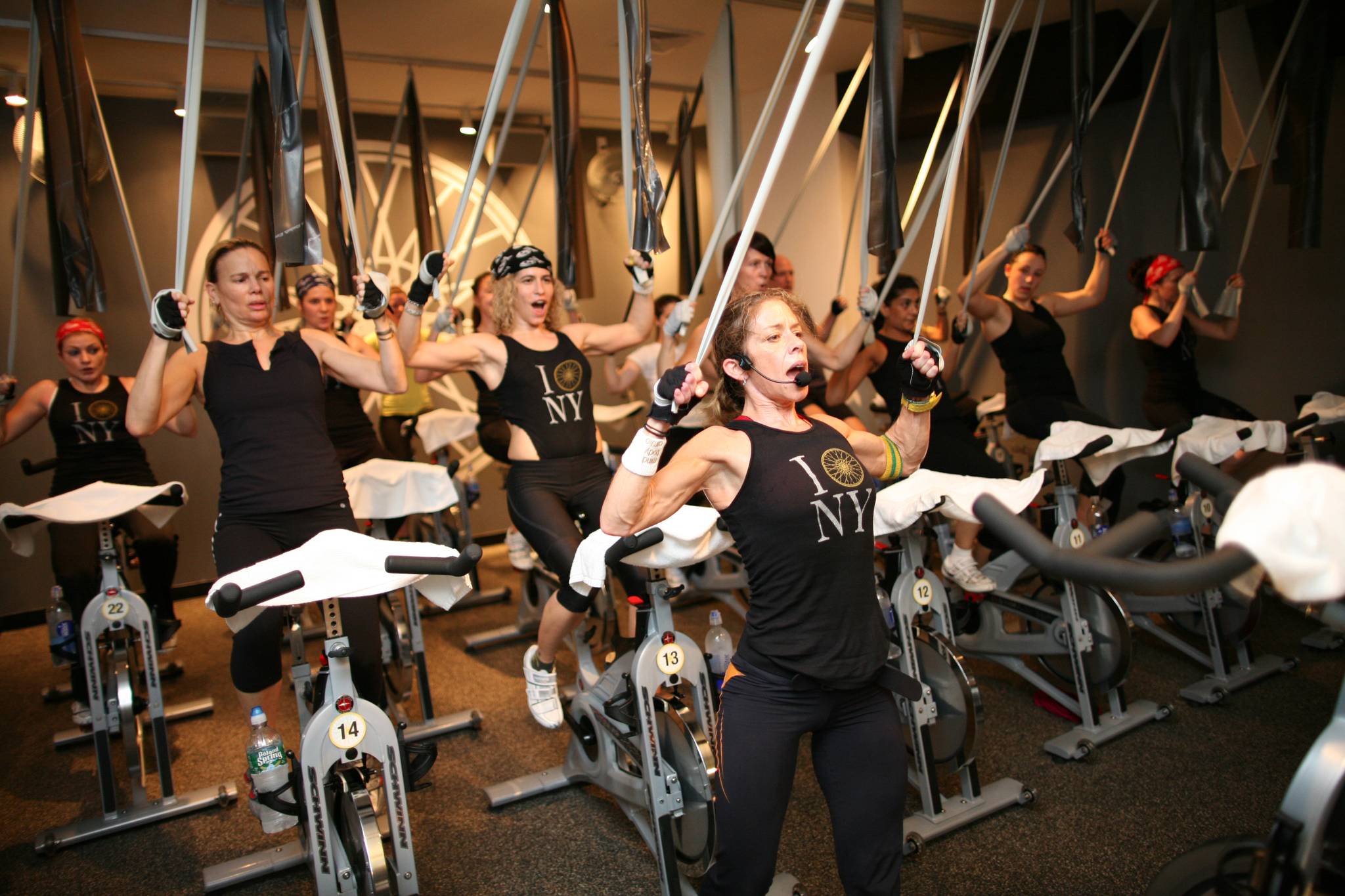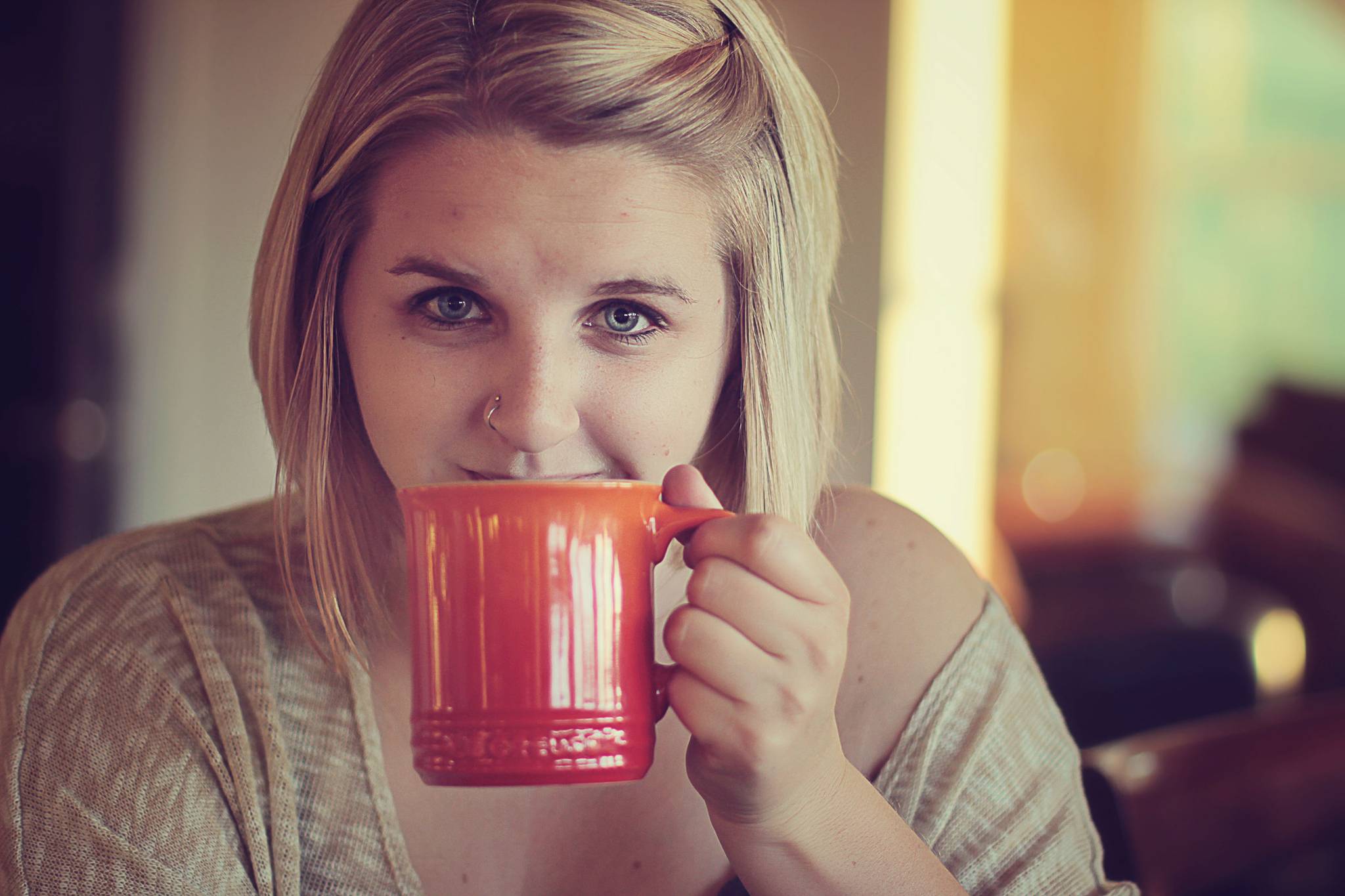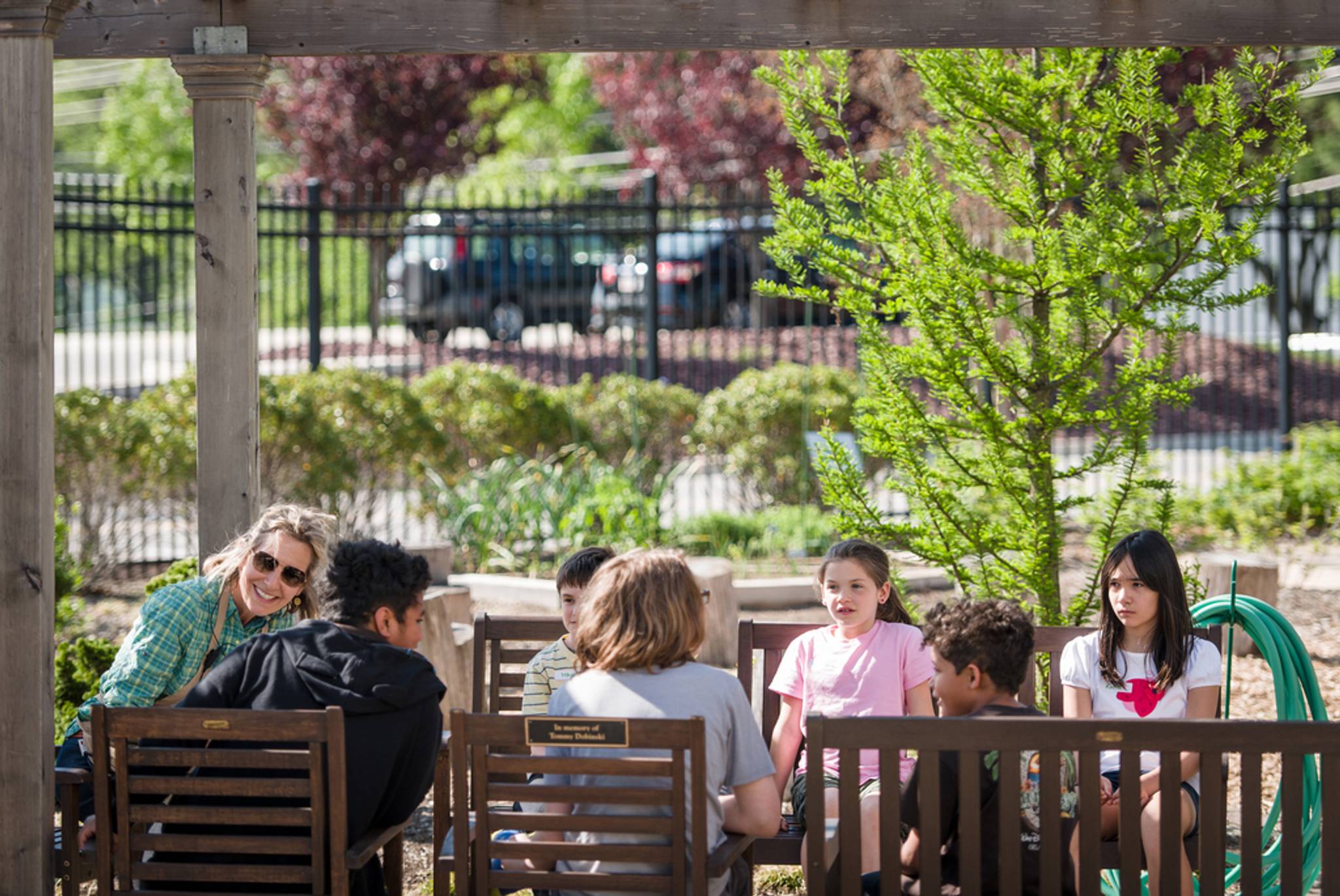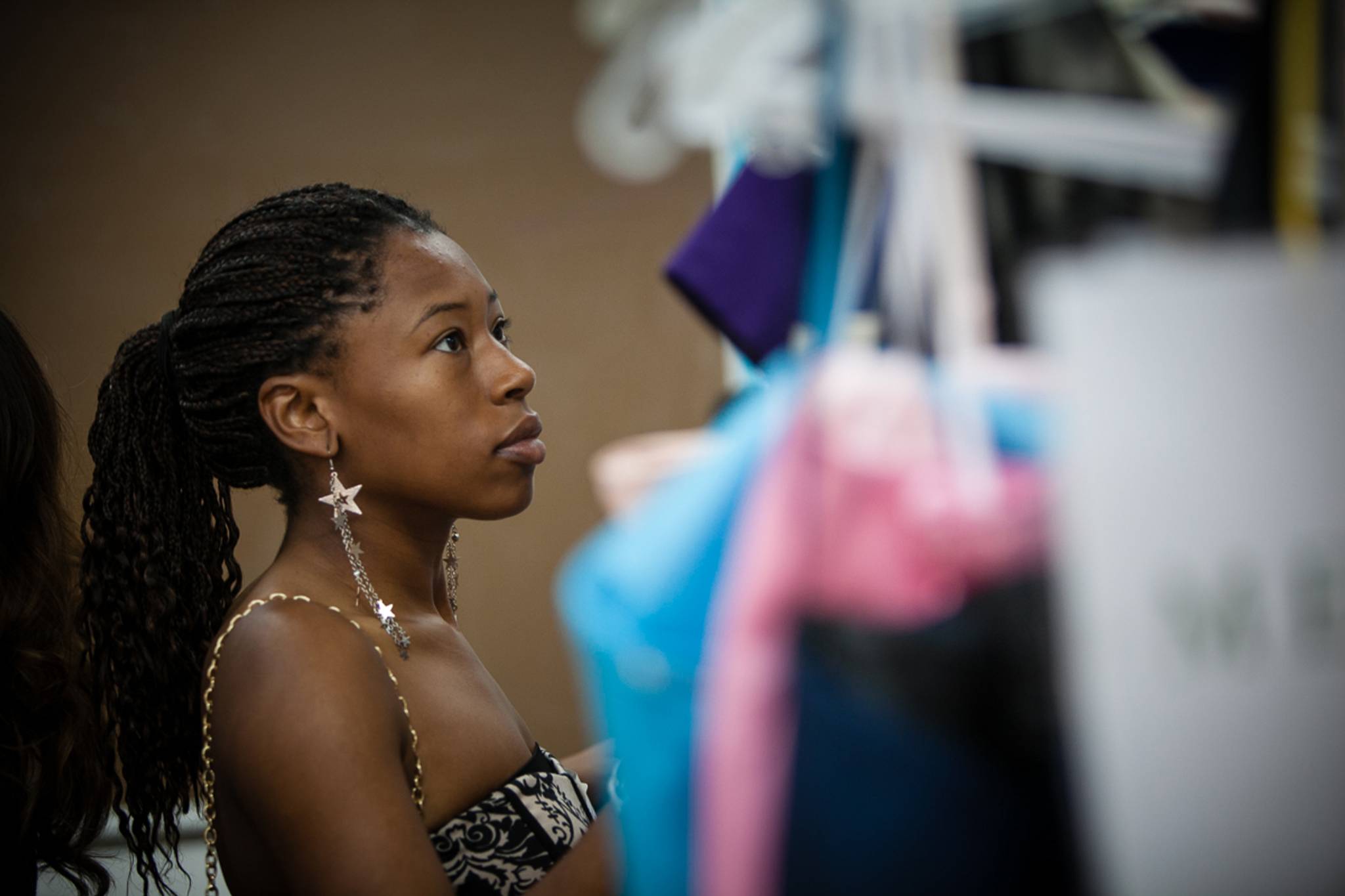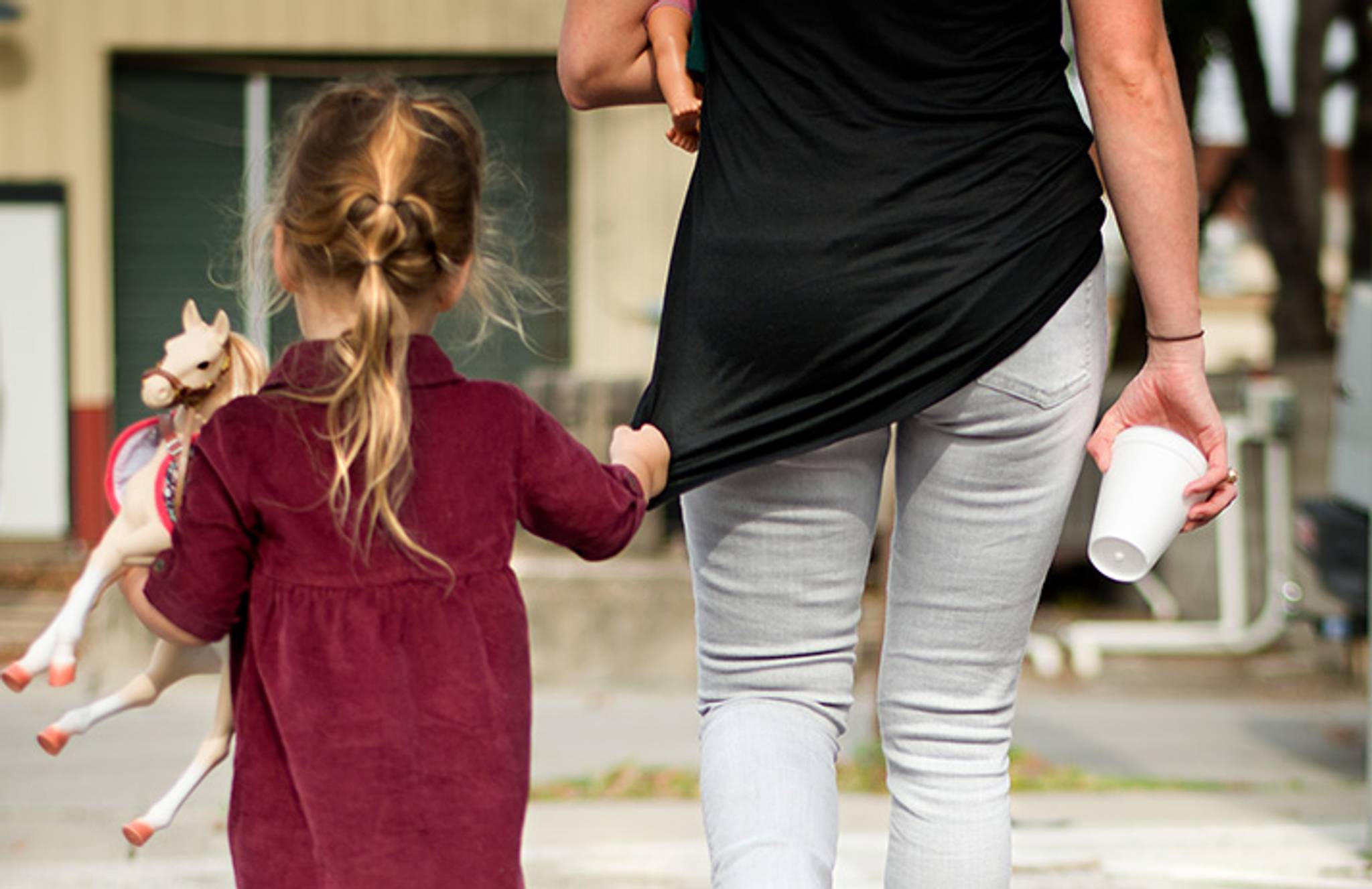
©Donnie Ray Jones, Creative Commons (2015)
REPORT
A Sector Snapshot of Shopping24 Feb 2016
How are brands offering a helping hand to new mums? Why do people want to shop an edited choice? How do Gen Z really like to shop? And why are people spending more money on less stuff?
- Sector
Canvas8
Related

